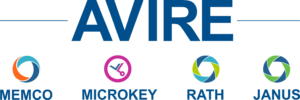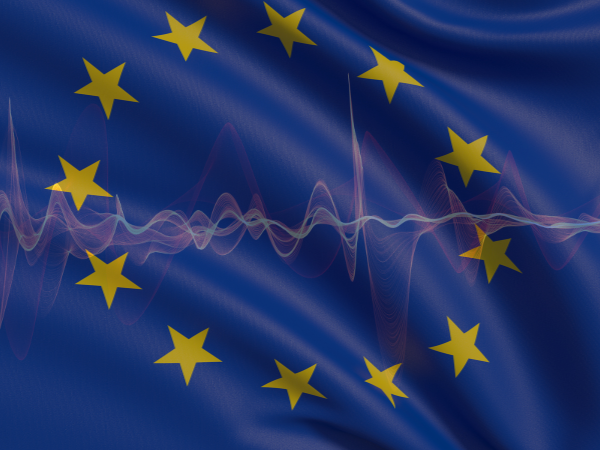Radio Equipment Directive (RED) impacts lift equipment as they are affected by lift standards. RED compliance requires that radio equipment meet a standards that include safety, compatibility with other equipment, and fraud protection for data.
What is the Radio Equipment Directive?
The Radio Equipment Directive (RED) establishes a regulatory framework for “making available on the market” and “putting into service” radio equipment in the European Union. It replaced the prior directive (R&TTE 1999/5/EC) and was effective 13 June 2017. The Radio Equipment Directive is legally binding, however, like most directives it does not give set standards to meet in order to comply. Instead, it references complying with the appropriate standards. Standards are not legally binding but most industrial companies follow them to ensure compliance with the directives (which are law) and to minimise any risk of legal action.
Which lift equipment must meet RED compliance?
RED defines ‘radio equipment’ as an electrical or electronic product, which intentionally emits and/or receives radio waves for the purpose of radio communication and/or radio determination, or an electrical or electronic product which must be completed with an accessory, such as antenna, so as to intentionally emit and/or receive radio waves for the purpose of radio communication and/or radio determination.
‘Radio waves’ are defined as electromagnetic waves of frequencies lower than 3000 GHz, propagated in space without artificial guide.
What lift equipment uses RED?
Examples of components and equipment used in lifts that fall under RED:
- GSM modules
- As used by controllers for lift monitoring or diagnostics
- As used by emergency lift telephones
- Equipment with integrated WiFi
- Routers or repeaters for public use in the lift
- For programming lift equipment, both the programming device and installed device (e.g. indicator displays, telephones)
- Wireless telephone/intercom systems
- Equipment with integrated Bluetooth
What lift equipment does NOT fall under RED?
Examples of components and equipment used in lifts that do not fall under RED include:
- Light curtains
- Time of flight laser detection devices
- Laser communication devices
- Emergency lift telephones (irrespective of telephone connection type)
- Variable frequency motor drives
What are the key things a piece of radio equipment must do to meet RED compliance?
Radio equipment shall be constructed so as to ensure:
(a) The protection of health and safety of persons
(b) An adequate level of electromagnetic compatibility
Radio equipment shall be constructed so that it both effectively uses and supports the efficient use of radio spectrum, in order to avoid harmful interference.
Radio equipment within certain categories or classes shall be constructed so that it complies with the following:
(a) Radio equipment interworks with accessories
(b) Radio equipment interworks via networks with other radio equipment
(c) Radio equipment can be connected to interfaces throughout the Union
(d) Radio equipment does not harm the network in any way
(e) Radio equipment incorporates safeguards to ensure that the personal data and privacy of the user and of the subscriber are protected
(f) Radio equipment supports certain features ensuring protection from fraud
(g) Radio equipment supports certain features ensuring access to emergency services
(h) Radio equipment supports certain features in order to facilitate its use by users with a disability
What are the practical implications?
Just as for the old R&TTE, RED compliance is achieved through compliance with the relevant standards. When purchasing an item such as a GSM, ensure that on the EU-Declaration of Conformity it lists the product as RED compliant (it is an offense to sell such a product in the EU if it does not). Do not change the casing or any other component that might affect the product’s radio emissions characteristics or use the product outside of the manufacturer’s guidance, as doing so could invalidate the approval.

